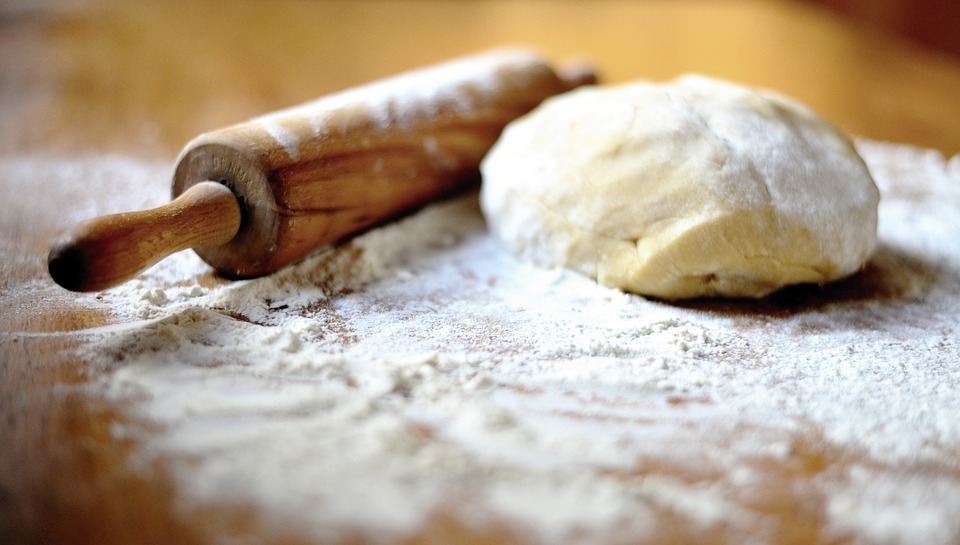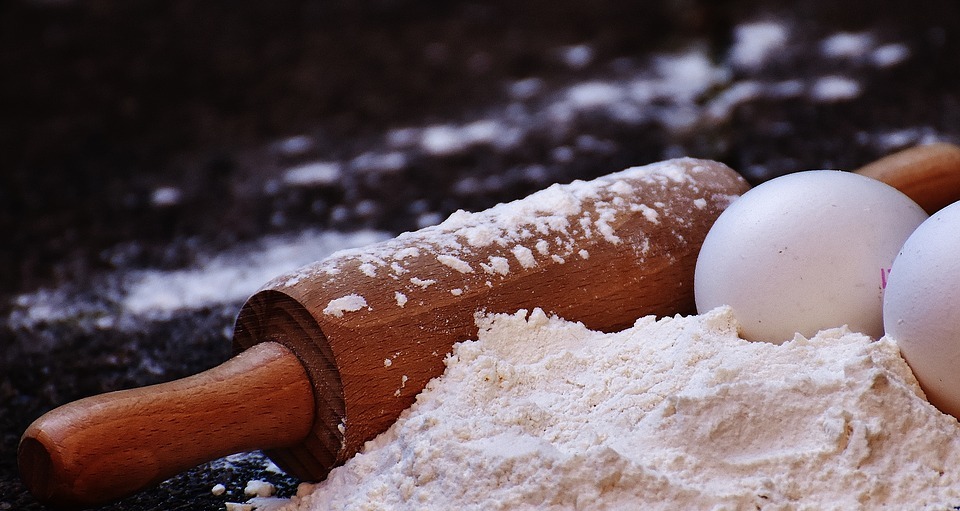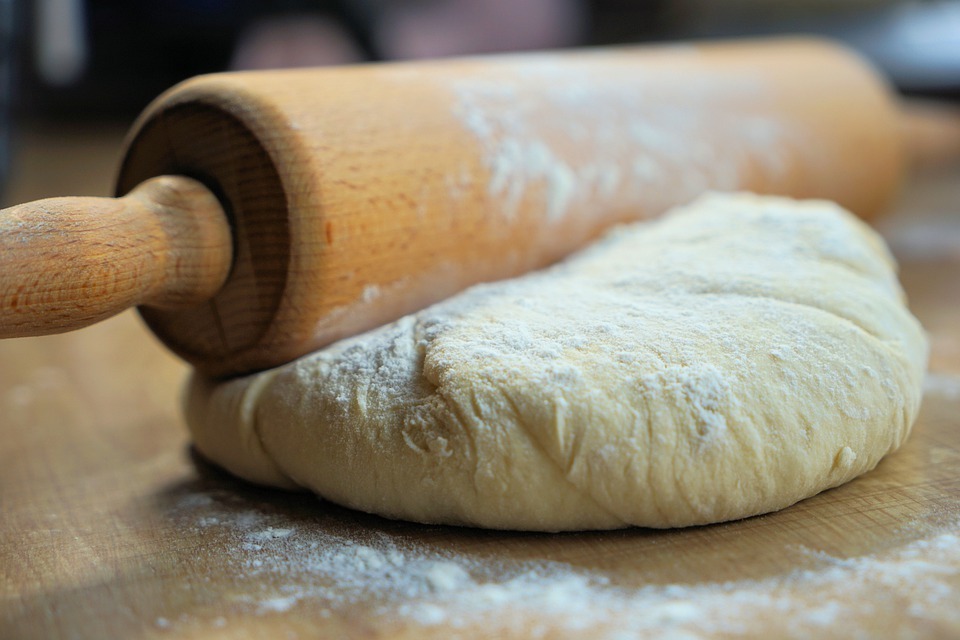Most of us know that flour is primarily used for baking cakes and pastries, but that is not only the purpose of flour, as it can also be utilized as a batter for fried chicken, chicken nuggets, or any type of fried food with a crispy coating, and also as the main ingredient for making pasta or noodles. Besides these different uses, there are also different types of flour that have varied textures and flavors. Here are the different types of flour and their uses.
All-Purpose Flour
All-purpose flour is arguably the most common type of flour that you can buy in supermarkets and grocery stores, mainly due to the fact that they are relatively easy to manufacture while also being quite versatile, hence the name “all-purpose.”
This type of flour is a mix of both hard and soft wheat, and it also has a moderate protein content that is about 10% to 12% of all the nutrients found in the flour. All-purpose flour is mainly used for baking cookies, biscuits, pancakes, and pie crusts, but it can also allow you to make pasta and pizza dough, although its consistency and texture are not ideal for those foods.
00 Flour
This Italian-style flour is made using the hardest kinds of wheat available on the farm, and this process makes the flour have a high protein content of 11% to 12%. The 00 flour tends to have a very fine texture with a strong and almost unbreakable consistency, so it is relatively easy to roll out the dough in its thinnest form without breaking it. Thanks to its texture that makes it suitable for rolling, the 00 FLOUR is best utilized for making thin crust pizza dough and other thin pastries, such as crackers and flatbreads.
Soft Wheat Flour
Soft wheat flour, sometimes known as cake flour, is the type that has the lowest protein content out of all that is indicated on this list, as it only has 5% to 8% of protein. Due to the low protein content that produces less gluten, soft wheat flour tends to have a softer texture, which makes it perfect for making cake and other soft baked goods like muffins and sponge cakes.
If you also want a moist cake that melts in your mouth, you should use soft wheat flour as an ingredient for your cake since it absorbs the most sugar and water among all popular types of flour.
Whole Wheat Flour
When a wheat kernel is milled before being turned into flour, it is usually separated into three parts, the germ (embryo), the bran (the coating of the kernel), and the endosperm. For whole-wheat flour, the germ and the bran of the wheat kernel are mixed together to form the flour.
This type of flour has the highest protein content among all types of flour (about 13% to 14%), and this level is mainly attributed to the use of the bran and the germ; the two parts of the wheat kernel that forms gluten. When utilized for baking, whole-wheat flour tends to produce a sticky dough that has a dense consistency. Because of its density, whole-wheat flour is best used for baking pizza dough, cookies, bread, pasta, and other types of hard and doughy bread.
Gluten-Free Flour
Gluten-free flour is the most peculiar flour type, as it uses different ingredients instead of wheat kernels. This type of flour can be made from quinoa, nuts, and even corn, but the most popular variant of gluten-free flour is made from rice flour that is mixed with potato starch and tapioca. Because it doesn’t have gluten, it wouldn’t be chewy or sticky on its own, and these textures are needed in order to make proper dough for baking or cooking.
As an alternative to gluten, gluten-free flour would have a small amount of xanthan gum to produce the chewiness and stickiness that other types of flour have. If you are going to use gluten-free flour as a substitute for all-purpose flour, be sure to modify your recipe a little bit since gluten-free flour needs to be weighed differently.
Self-Rising Flour
To make the dough rising process easier, some flour-making companies sell self-rising flour, a type of flour that is made using soft wheat flour mixed with salt and baking powder. Because the baking powder is already included in the flour, you don’t have to put it in the flour itself, making it much more convenient for you to make the dough for your pastries. However, much like gluten-free flour, you should modify your recipe if ever you are going to utilize self-rising flour since it does not act as a direct substitute to other flour types.
These are the different types of flour that you can buy online or in grocery stores. Picking the right flour would depend on what your recipe needs, so be more knowledgeable in what type of flour is needed for different kinds of cakes, pastries, and dishes.



